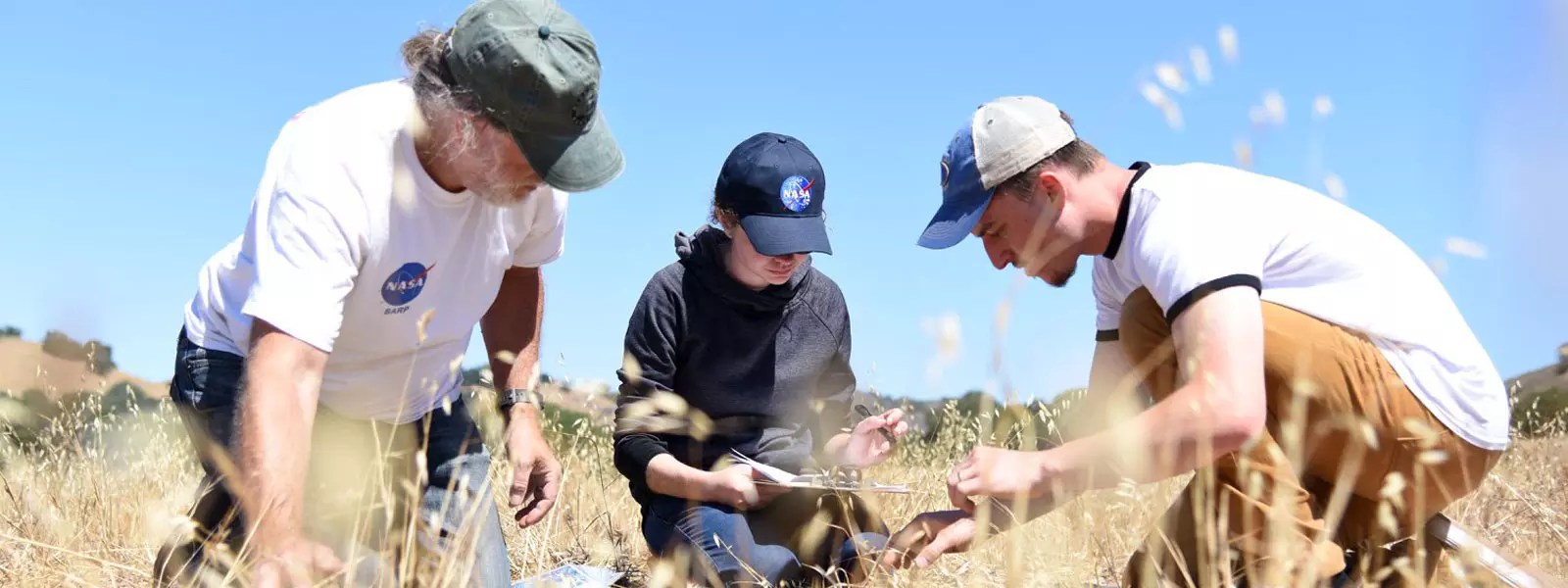We don’t just study climate. We act on it.
NASA collects data to show how our climate is changing from both natural causes and human activities, from documenting impacts on ice sheets, sea level, and Arctic sea ice to monitoring vegetation health and freshwater movement. We are putting decades of research, technology, and innovation to work to improve people's lives on our home planet.

Join NASA in Celebrating Earth Day 2024 by Sharing a #GlobalSelfie
NASA invites you — and everyone else on the planet — to take part in a worldwide celebration of Earth Day with the agency’s #GlobalSelfie event. While NASA satellites constantly look at Earth from space, on Earth Day we’re asking…

NASA Selects New Aircraft-Driven Studies of Earth and Climate Change
NASA has selected six new airborne missions that include domestic and international studies of fire-induced clouds, Arctic coastal change, air quality, landslide hazards, shrinking glaciers, and emissions from agricultural lands. NASA’s suite of airborne missions complement what scientists can see…

Hubble Captures a Bright Galactic and Stellar Duo
This image from the NASA/ESA Hubble Space Telescope features NGC 3783, a bright barred spiral galaxy about 130 million light-years from Earth that also lends its name to the eponymous NGC 3783 galaxy group. Like galaxy clusters, galaxy groups are aggregates of…
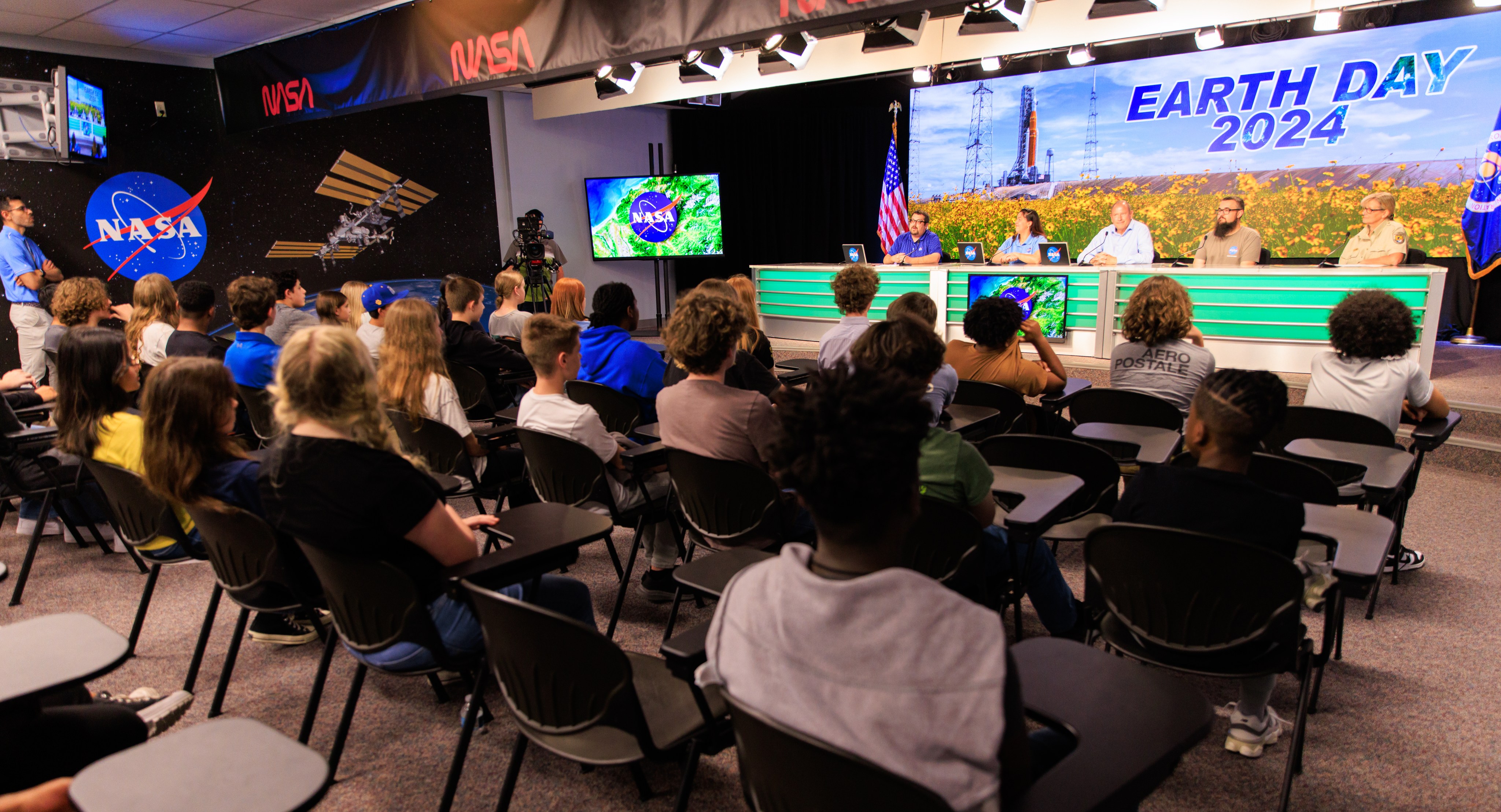
Students Celebrate Rockets, Environment at NASA’s Kennedy Space Center
At NASA’s Kennedy Space Center, sustainability and preservation efforts here on Earth are as much of a priority as rocket launches, spacecraft, and the exploration of worlds beyond our own. In celebration of Earth Day 2024, nearly 100 students from…

AI for Earth: How NASA’s Artificial Intelligence and Open Science Efforts Combat Climate Change
As extreme weather events increase around the world due to climate change, the need for further research into our warming planet has increased as well. For NASA, climate research involves not only conducting studies of these events, but also empowering…

Sols 4159-4160: A Fully Loaded First Sol
Earth planning date: Wednesday, April 17, 2024 Curiosity continues to make progress along the margin of upper Gediz Vallis ridge, investigating the broken bedrock in our workspace and acquiring images of the ridge deposit as the rover drives south. Today’s…
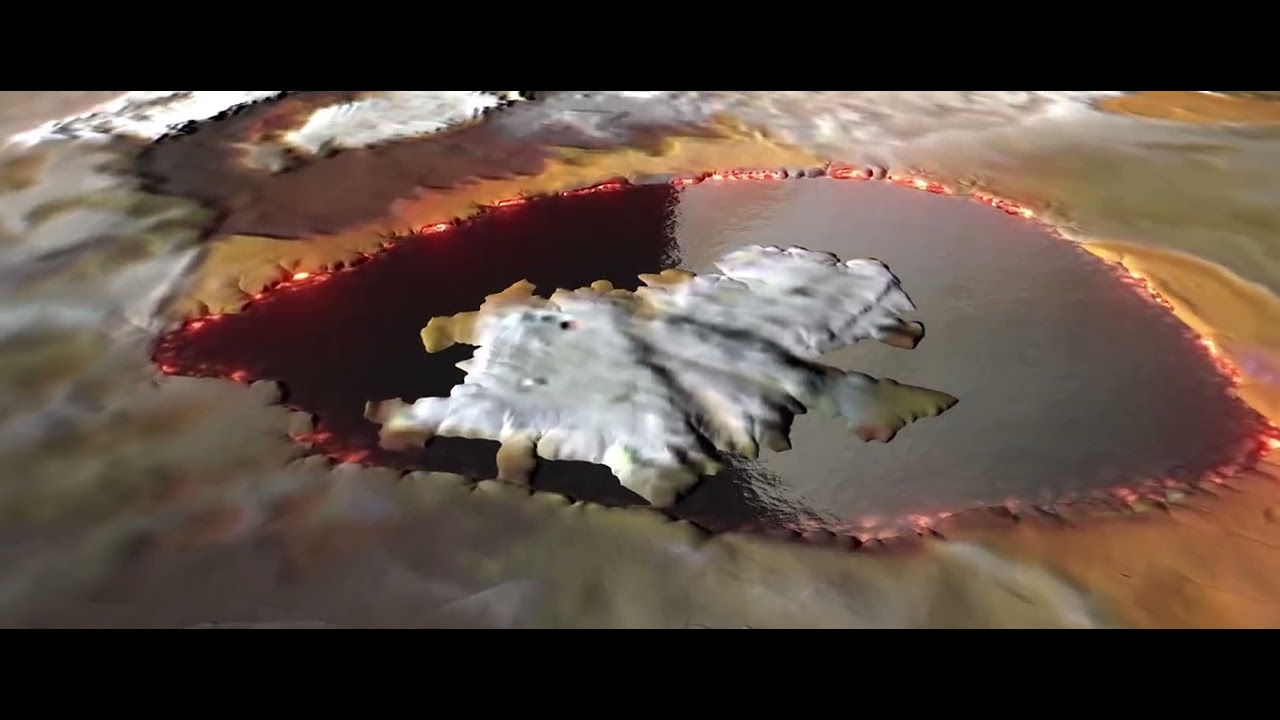
NASA’s Juno Gives Aerial Views of Mountain, Lava Lake on Io
Imagery from the solar-powered spacecraft provides close-ups of intriguing features on the hellish Jovian moon. Scientists on NASA’s Juno mission to Jupiter have transformed data collected during two recent flybys of Io into animations that highlight two of the Jovian…
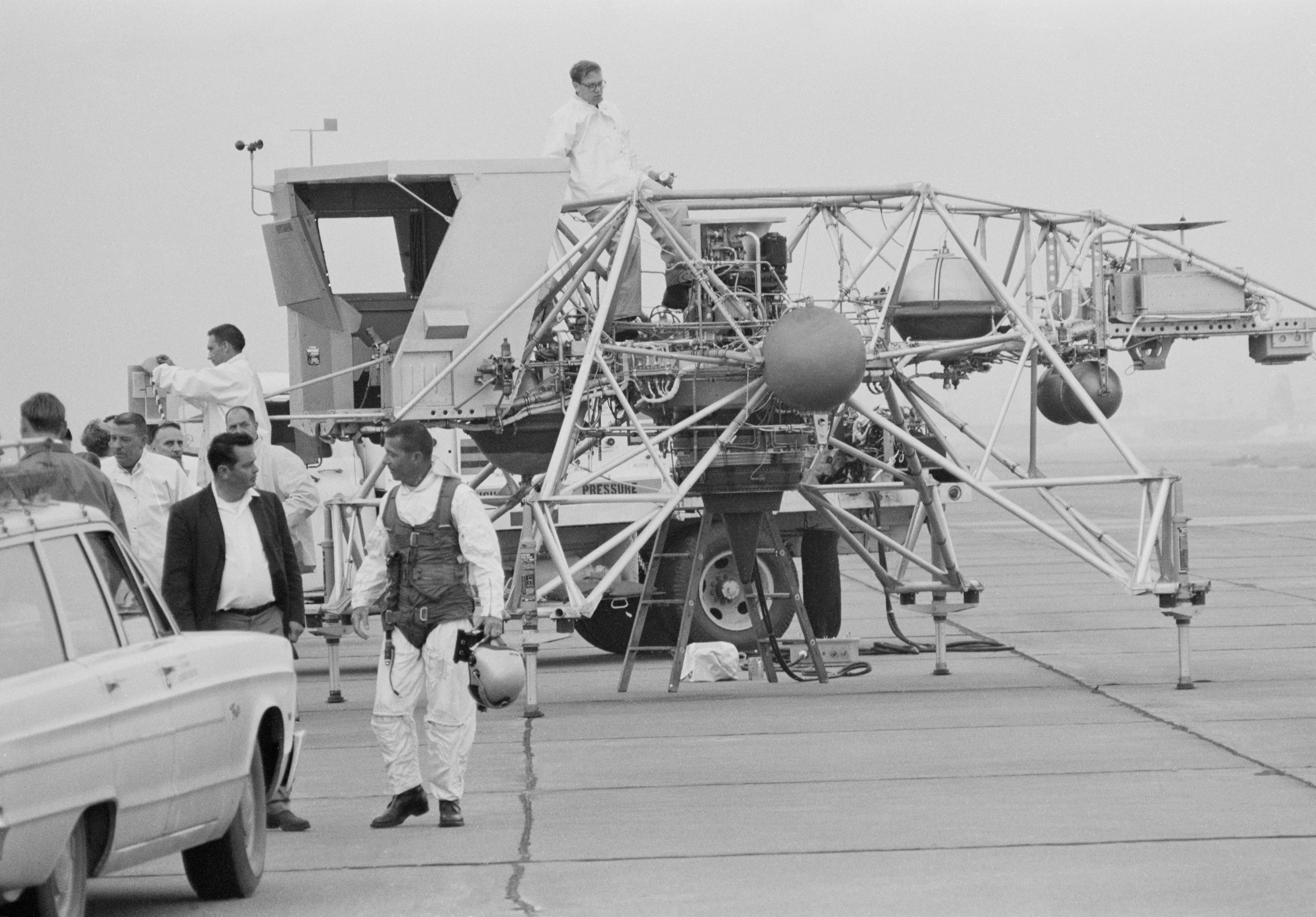
55 Years Ago: Three Months Until the Moon Landing
The rapid pace of preparations for the first Moon landing continued in April 1969. The successful Apollo 9 mission in March cleared the way for Apollo 10 to test all three components of the spacecraft in lunar orbit in May,…
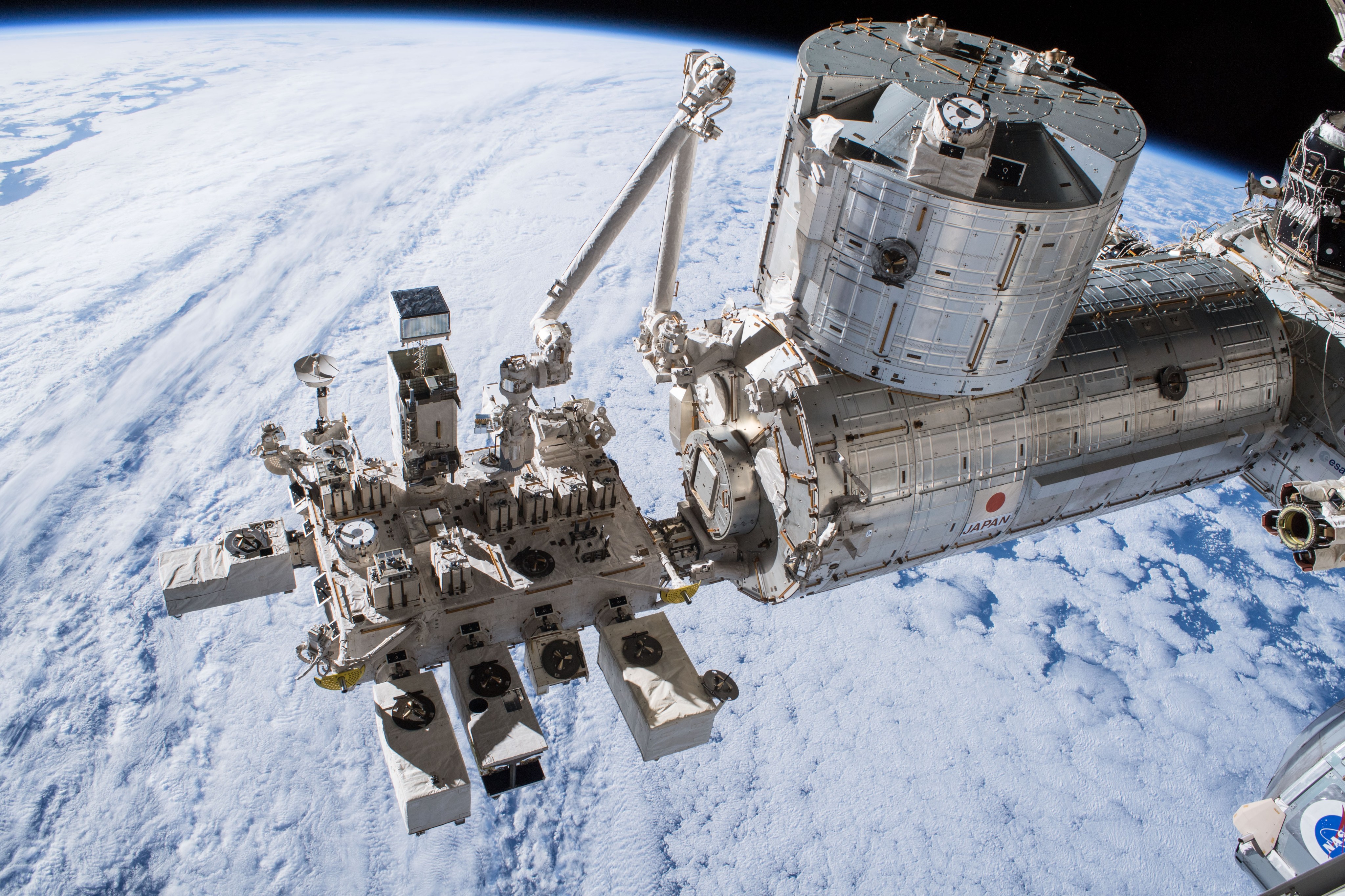
Climate Change Research
Science in Space: April 2024 Everyone on Earth is touched by the effects of climate change, such as hotter temperatures, shifts in rain patterns, and sea level rise. Collecting climate data helps communities better plan for these changes and build…

Hubble Goes Hunting for Small Main Belt Asteroids
Like boulders, rocks, and pebbles scattered across a landscape, asteroids come in a wide range of sizes. Cataloging asteroids in space is tricky because they are faint and they don’t stop to be photographed as they zip along their orbits…

OSDR hosts Blue Origin Erika Wagner
Open Science Data Repository Team Hosts Blue Origin’s Dr Erika Wagner at the Meet the Expert Seminar Series Focused on Flight Integrators Friday, March 29, 2024—The Open Science Data Repository hosted the sixth presentation showcasing flight integrators in the “Meet…

NASA’s TESS Returns to Science Operations
NASA’s TESS (Transiting Exoplanet Survey Satellite) has returned to work after science observations were suspended on April 8, when the spacecraft entered into safe mode. All instruments are powered on and, following the successful download of previously collected science data…

The Marshall Star for April 17, 2024
The Full Experience: NASA, Marshall, and Arkansas Celebrate Total Solar Eclipse By Celine Smith More than 100,000 people from across the world gathered April 8 in Russellville, Arkansas, to witness an astronomical syzygy – the alignment of the Sun, Moon,…
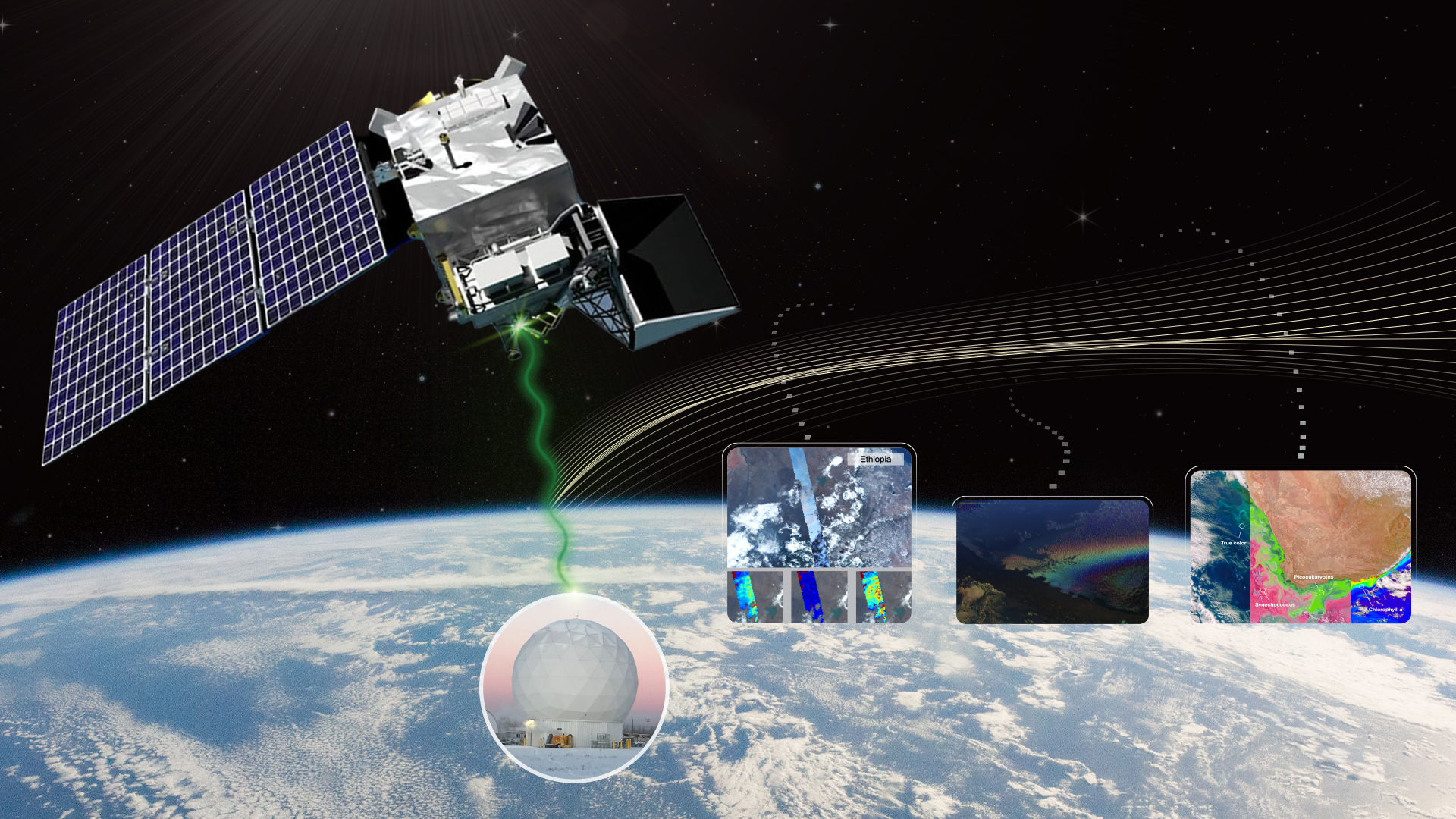
NASA’s Near Space Network Enables PACE Climate Mission to ‘Phone Home’
The PACE (Plankton, Aerosol, Cloud, ocean Ecosystem) mission has delivered its first operational data back to researchers, a feat made possible in part by innovative, data-storing technology from NASA’s Near Space Network, which introduced two key enhancements for PACE and…

NASA Photographer Honored for Thrilling Inverted In-Flight Image
Riding in the back seat of a car can be boring. Riding in the back of a NASA aircraft is exhilarating, especially for photographers capturing NASA’s story. Jim Ross, photo lead at NASA’s Armstrong Flight Research Center in Edwards, California,…
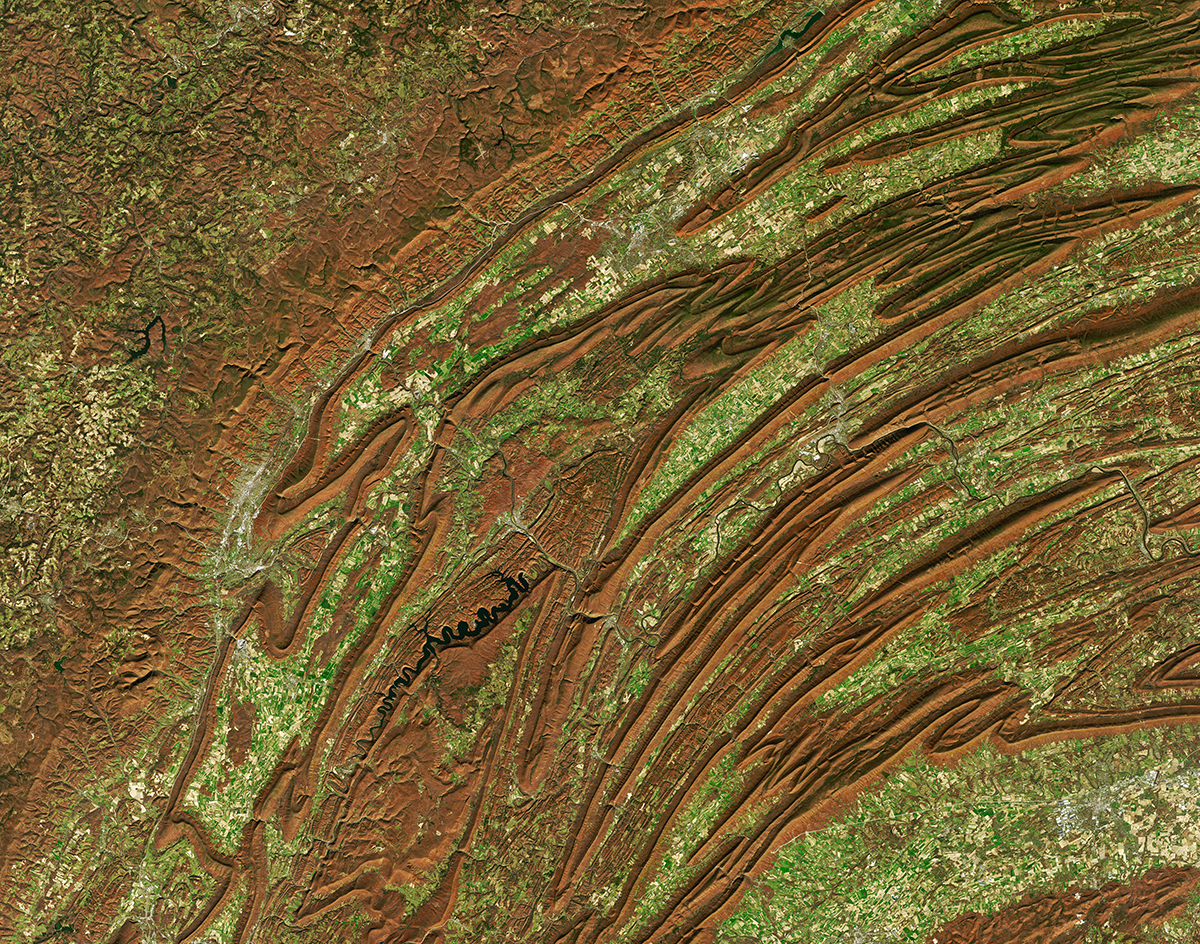
Tech Today: Taking Earth’s Pulse with NASA Satellites
Natural disasters like volcanic eruptions, floods, and tornados can dramatically change the surface of Earth to the point where alterations are visible in space. Changes driven by human actions and interventions, such as mining and deforestation, are also visible in…
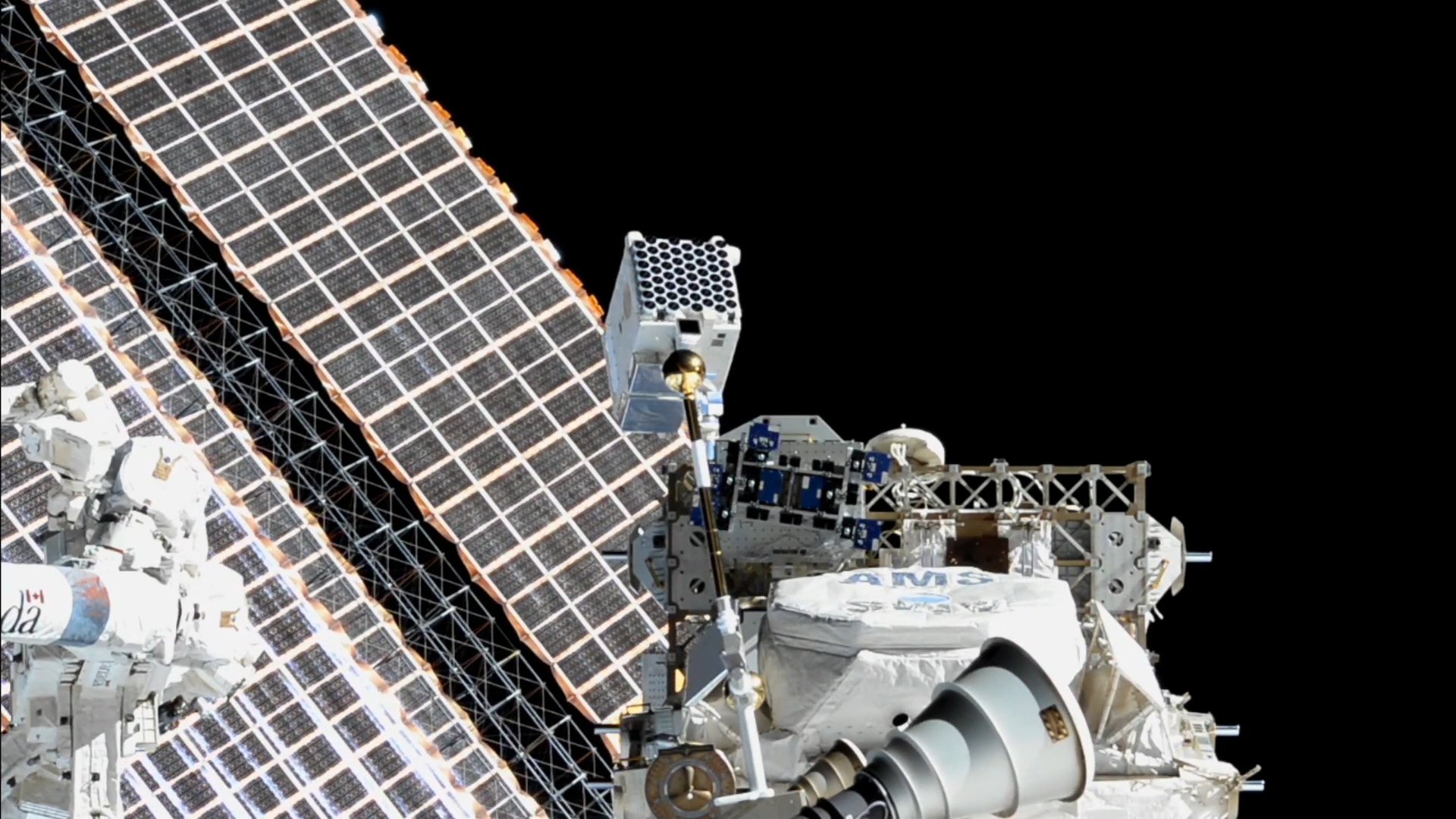
Astronauts To Patch Up NASA’s NICER Telescope
NASA is planning to repair NICER (Neutron star Interior Composition Explorer), an X-ray telescope on the International Space Station, during a spacewalk later this year. It will be the fourth science observatory in orbit serviced by astronauts. In May 2023,…
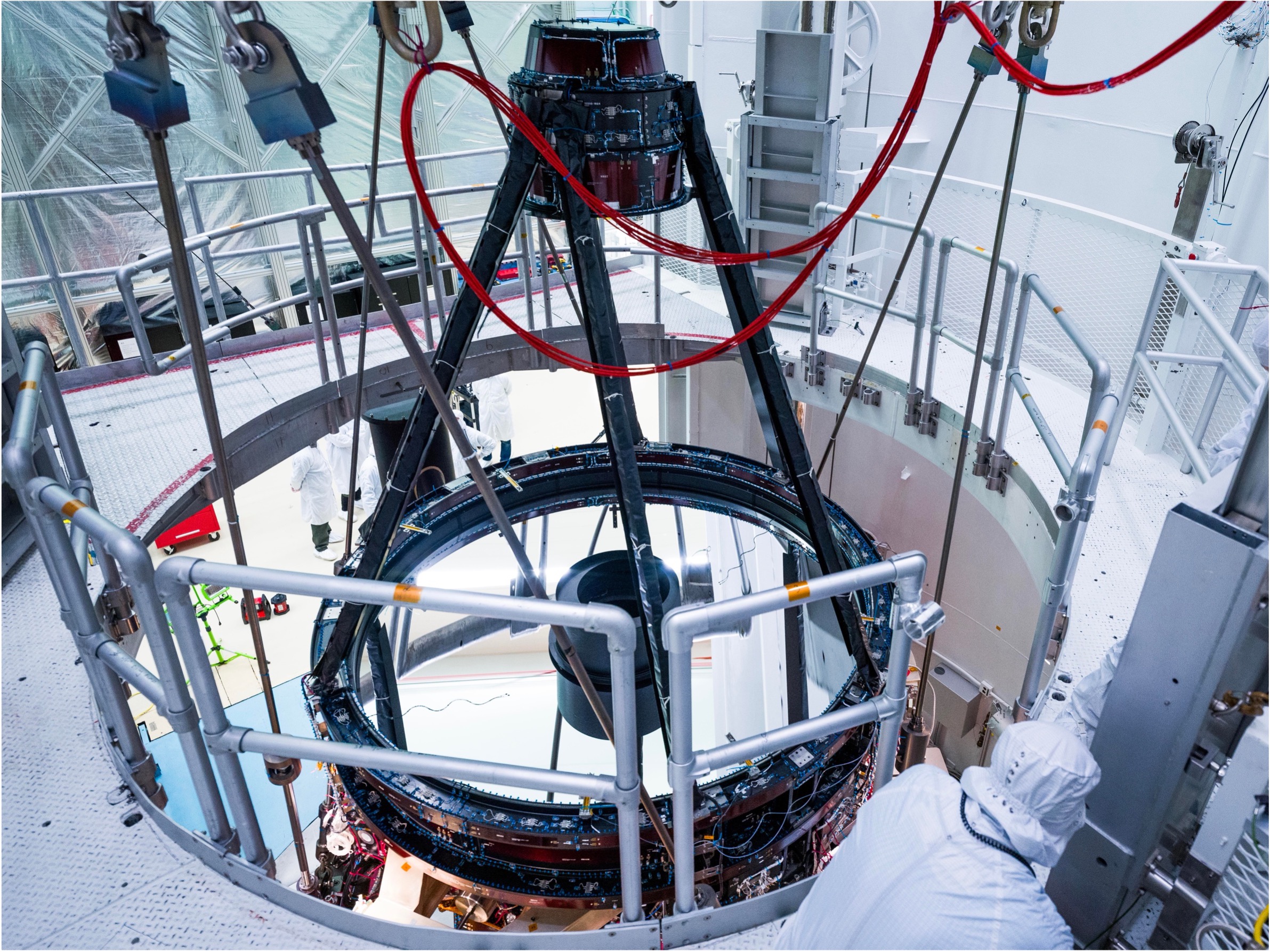
NASA’s Roman Space Telescope’s ‘Eyes’ Pass First Vision Test
Engineers at L3Harris Technologies in Rochester, New York, have combined all 10 mirrors for NASA’s Nancy Grace Roman Space Telescope. Preliminary tests show the newly aligned optics, collectively called the IOA (Imaging Optics Assembly), will direct light into Roman’s science…
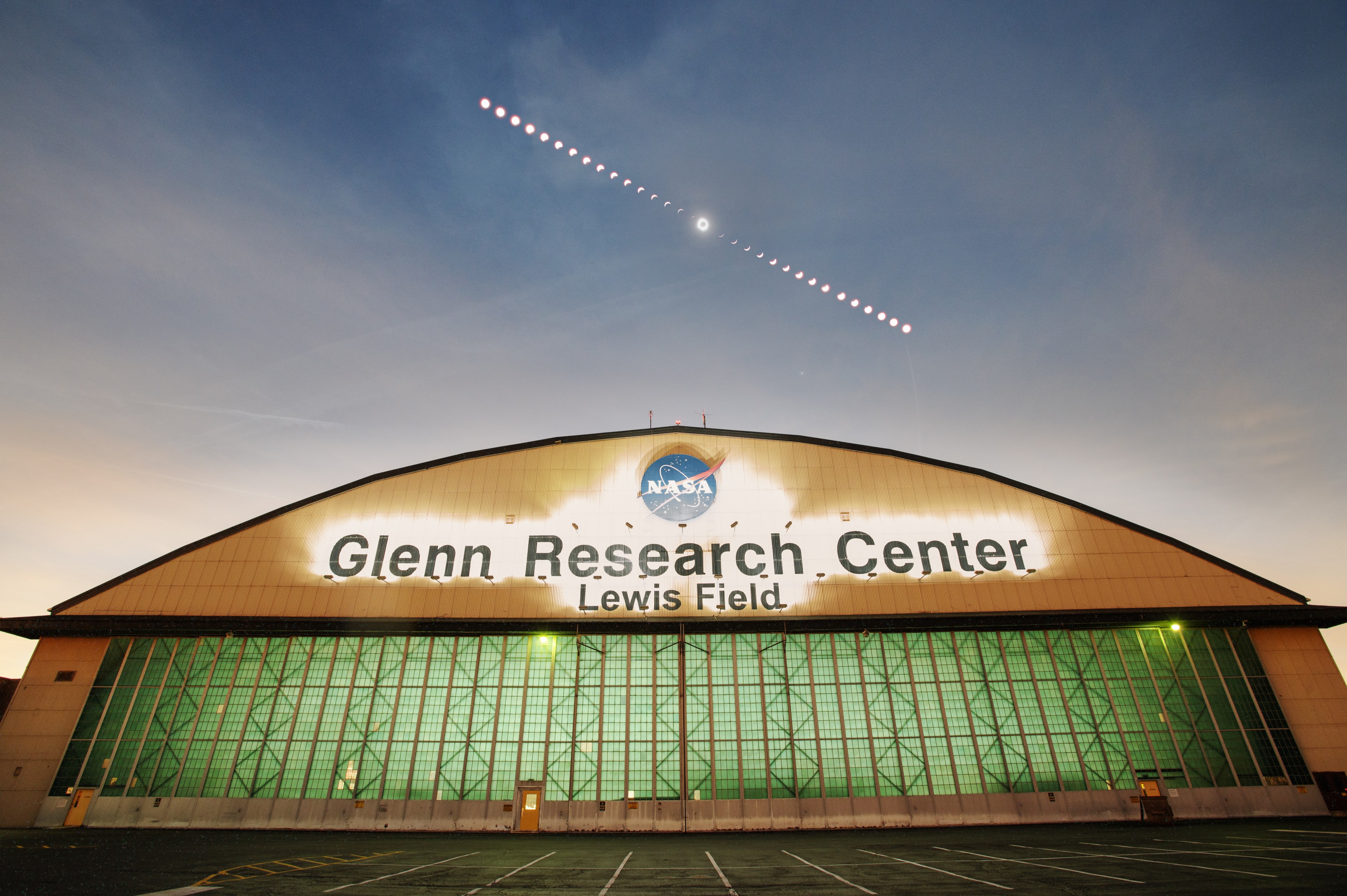
Going Through Changes: Total Eclipse Over NASA Hangar
This composite image shows the dazzling phases of the total solar eclipse, seen above the Flight Research Building at NASA’s Glenn Research Center in Cleveland on April 8, 2024. Glenn was the only NASA center in the eclipse path of…

NASA’s Ingenuity Mars Helicopter Team Says Goodbye … for Now
The final downlink shift by the Ingenuity team was a time to reflect on a highly successful mission — and to prepare the first aircraft on another world for its new role. Engineers working on NASA’s Ingenuity Mars Helicopter assembled…

